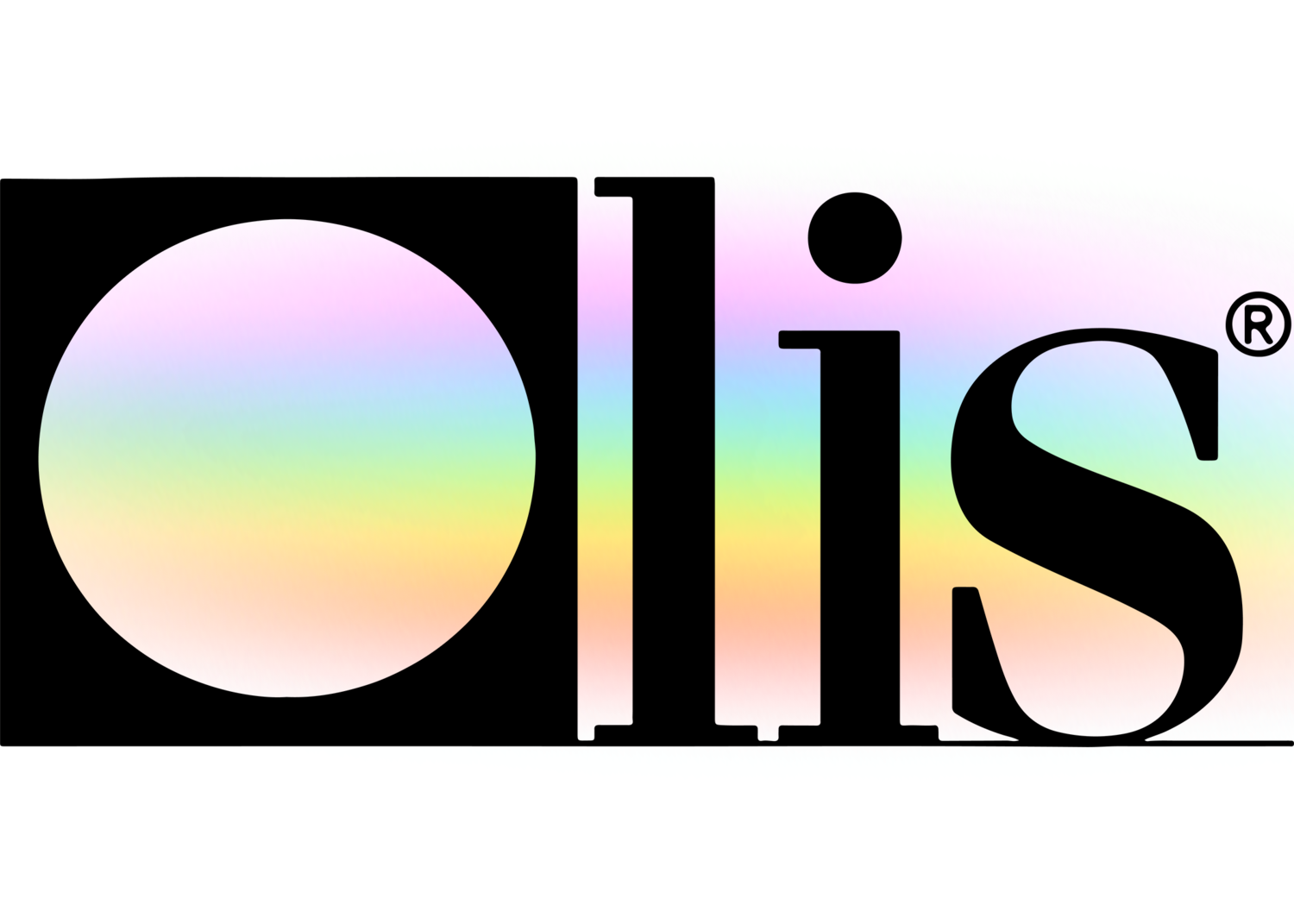10 Easy Facts About Circular Dichroism Explained
10 Easy Facts About Circular Dichroism Explained
Blog Article
More About Circular Dichroism
Table of ContentsCircularly Polarized Luminescence Can Be Fun For AnyoneThe Best Guide To Uv/visThe Only Guide for SpectrophotometersThe Best Guide To Circular DichroismNot known Incorrect Statements About Spectrophotometers

Spectrophotometry is a tool that hinges on the quantitative analysis of molecules depending on how much light is taken in by colored substances.
The Basic Principles Of Uv/vis/nir
A spectrophotometer is frequently used for the measurement of transmittance or reflectance of options, transparent or opaque solids, such as polished glass, or gases. Although numerous biochemicals are colored, as in, they absorb noticeable light and therefore can be measured by colorimetric treatments, even colorless biochemicals can frequently be transformed to colored compounds appropriate for chromogenic color-forming reactions to yield compounds ideal for colorimetric analysis.: 65 Nevertheless, they can likewise be designed to measure the diffusivity on any of the noted light ranges that usually cover around 2002500 nm using different controls and calibrations.
An example of an experiment in which spectrophotometry is used is the determination of the stability constant of a service. A specific chemical response within an option might occur in a forward and reverse instructions, where reactants form items and items break down into reactants. Eventually, this chain reaction will reach a point of balance called a balance point.
All about Spectrophotometers
The amount of light that travels through the option is indicative of the concentration of specific chemicals that do not enable light to go through. The absorption of light is due to the interaction of light with the electronic and vibrational modes of molecules. Each type of molecule has a specific set of energy levels related to the makeup of its chemical bonds and nuclei and hence will soak up light of particular wavelengths, or energies, resulting in special spectral homes.
The usage of spectrophotometers covers numerous clinical fields, such as physics, products science, chemistry, biochemistry. circularly polarized luminescence, chemical engineering, and molecular biology. They are extensively utilized in numerous industries including semiconductors, laser and optical production, printing and forensic assessment, along with in laboratories for the study of chemical compounds. Spectrophotometry is typically utilized in measurements of enzyme activities, determinations of protein concentrations, decisions of enzymatic kinetic constants, and measurements of ligand binding reactions.: 65 Eventually, a spectrophotometer has the ability to identify, depending on the control or calibration, what substances exist in a target and exactly how much through calculations of observed wavelengths.
This would come as an option to the previously produced spectrophotometers which were not able to absorb the ultraviolet correctly.
Top Guidelines Of Uv/vis/nir
It would be found that this did not give satisfactory outcomes, therefore in Model B, there was a shift from a glass to a quartz prism which enabled much better absorbance outcomes - UV/Vis/NIR (https://www.livebinders.com/b/3570027?tabid=514355ed-03f4-acee-f8e7-d79f6b7bffab). From there, Design C was born with a change to the wavelength resolution which wound up having 3 systems of it produced
It was produced from 1941 to 1976 where the cost for it in 1941 was US$723 (far-UV devices were an option at additional expense). In the words of Nobel chemistry laureate Bruce Merrifield, it was "probably the most essential instrument ever established towards the advancement of bioscience." Once it ended up being ceased in 1976, Hewlett-Packard produced the very first commercially readily available diode-array spectrophotometer in 1979 known as the HP 8450A. It irradiates the sample with polychromatic light which the sample soaks up depending upon its properties. It is sent back by grating the photodiode range which spots the wavelength area of the spectrum. Ever since, the production and execution of spectrophotometry see this page devices has increased profoundly and has actually turned into one of the most ingenious instruments of our time.

How Spectrophotometers can Save You Time, Stress, and Money.
Historically, spectrophotometers utilize a monochromator containing a diffraction grating to produce the analytical spectrum. The grating can either be movable or repaired. If a single detector, such as a photomultiplier tube or photodiode is used, the grating can be scanned step-by-step (scanning spectrophotometer) so that the detector can determine the light strength at each wavelength (which will correspond to each "action").
In such systems, the grating is repaired and the intensity of each wavelength of light is measured by a different detector in the array. Additionally, most modern-day mid-infrared spectrophotometers utilize a Fourier change technique to obtain the spectral details - https://www.brownbook.net/business/52441542/olis-clarity/. This strategy is called Fourier change infrared spectroscopy. When making transmission measurements, the spectrophotometer quantitatively compares the portion of light that travels through a referral solution and a test service, then digitally compares the strengths of the 2 signals and calculates the portion of transmission of the sample compared to the recommendation standard.

Report this page